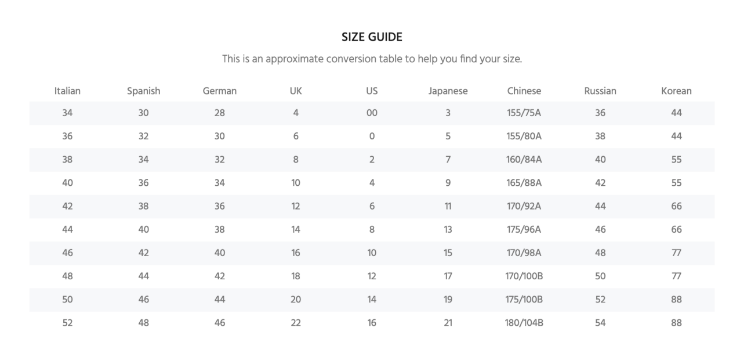| Butterfly Milkweed ORANGE Perennial Seeds Asclepias tuberosa Host Plant Monarch 50 Seeds PRODUCT DESCRIPTION An important nectar source for bees, butterflies, and hummingbirds, plant Asclepias seeds as an important native addition to your yard. Enjoy your garden ablaze in colors of red, orange and yellow while you attract beneficial nectar seeking insects like the Monarch Butterfly. Though warmer zones experience Asclepias as a perennial, cool climate gardeners swear by this fiery flower as a staple in their annual garden as well. Perennial; Grows up to 28 Inches Butterfly Milkweed just so happens to be a beautiful flower that has long suffered from an unfortunate name. Often known in old-fashioned circles as "Butterfly Weed", it is also sometimes referred to by the more marketing-savvy as "Butterfly Flower". But regardless of the moniker, this beautiful native is cherished by serious wild gardeners. For best success with this perennial seed, we recommend Fall Planting. For Spring Planting, seeds should be cold stratified prior to sowing. FAST FACTS
PLANTING INSTRUCTIONS: MILKWEED / ASCLEPIAS How to Plant Asclepias WHEN TO PLANT ASCLEPIAS SEEDS Plant outdoors after the first frost begins in the fall in order to stratify the seed in time for Spring. To start indoors, seeds must be refrigerated 6-8 weeks before sowing in order to wake the seed from dormancy. WHERE TO PLANT ASCLEPIAS SEEDS Asclepias is a hardy plant that is native to the swamps of the U.S., and will easily grow in consistently damp or wet soils that drain well with access to full sun (6-8 hours of sun per day). Despite this, Asclepias will tolerate a wide variety of soil profiles, as long as they aren't consistently dry or overly sandy. Plant away from areas where pets frequent, as the sap of the Asclepias is toxic when cut. HOW TO PLANT ASCLEPIAS SEEDS Plant seeds 1/4 inch deep into the soil. When grown indoors, transplant into the garden 18-24 inches apart for best results. HOW TO CARE FOR ASCLEPIAS Asclepias is a low-maintenance plant that can live for several years if planted in the proper environment and will come back from a strong taproot every Spring. Asclepias will also readily spread itself via seeds in the late fall, but this can be controlled simply by removing all seed pods in the early fall before they release. Asclepias is a popular butterfly attractor, particularly of the Monarch Butterfly; as long as the plant is healthy, it will readily flower throughout the summer. Fertilization is not necessary. Putting mulch around each plant will reduce competition from weeds or other unwanted plants. COLD STRATIFYING: Everyone wants plants. Now. But there are a small group of seeds that require a special treatment before they will even germinate in a climate that has temperatures below freezing. This process is called ?Cold Stratification.? There are two ways to accomplish this.
Fall Planting If time is not a problem, you can put them in the ground in fall and let them go through a winter. They will sprout next year, but not flower. The following year, having gone through two winters, they will return and bloom as expected. If you are planting poppies direct sowing is recommended in late fall or early spring for zones 2-8 Create a "False Winter" The second way to do this, if you want to save time, is to create a ?false winter.? What this does is trick the seeds into thinking they have been in the ground for an entire year. All they need is to be in your refrigerator for at least 2 ½ months. About 3 months before spring, place seeds in a plastic bag with a handful of slightly dampened, clean peat, paper towel, or a mix of clean peat and sand. Seal and label the bag with seed name and date, then store in the refrigerator (not freezer) for at least 2½ mos. before planting in spring. (The cold period mimics a full winter?s cold.) Once your seed has been treated, it?s ready to plant when spring arrives. |
Free shipping on all orders in the USA.
Our amazing support team is here to help. Text us at 678 316 0940 and get an instant response
Your Payment is Secure and So is your Purchase. Simply return it within 30 days for an exchange.
Grab a hosting plan for that small business or personal website. Fast Setup, great speeds, low prices. Managed Hosting Too.Text us at 678 316 0940












